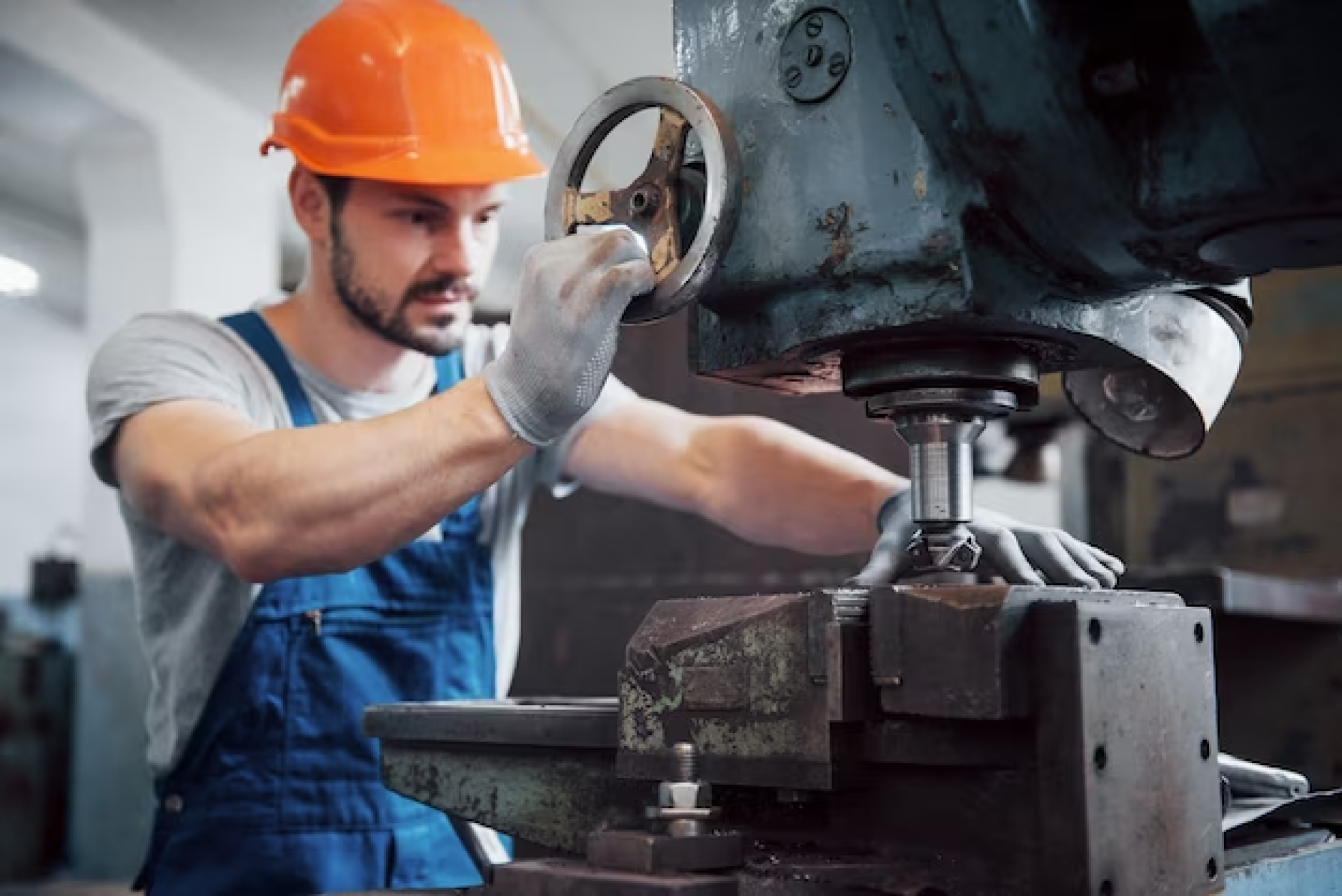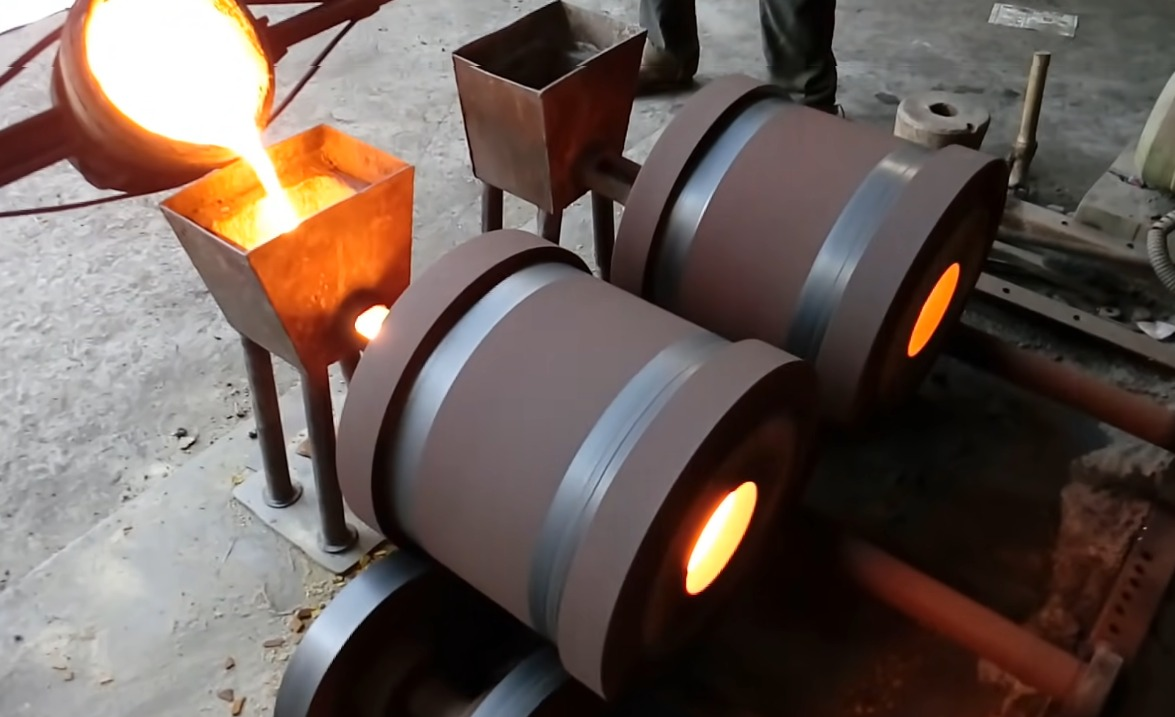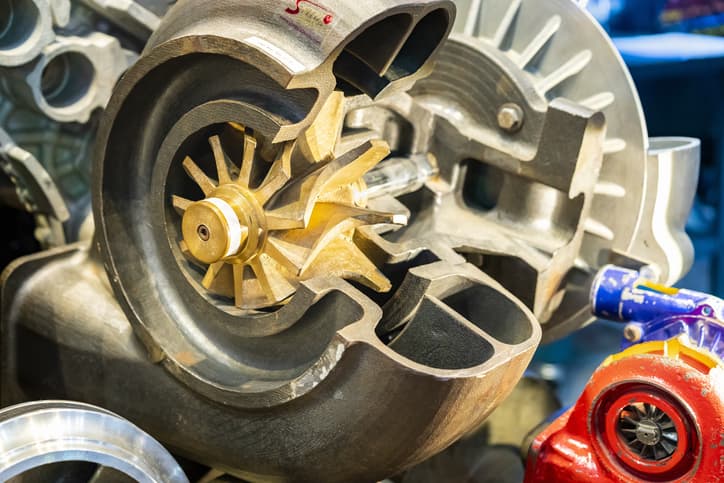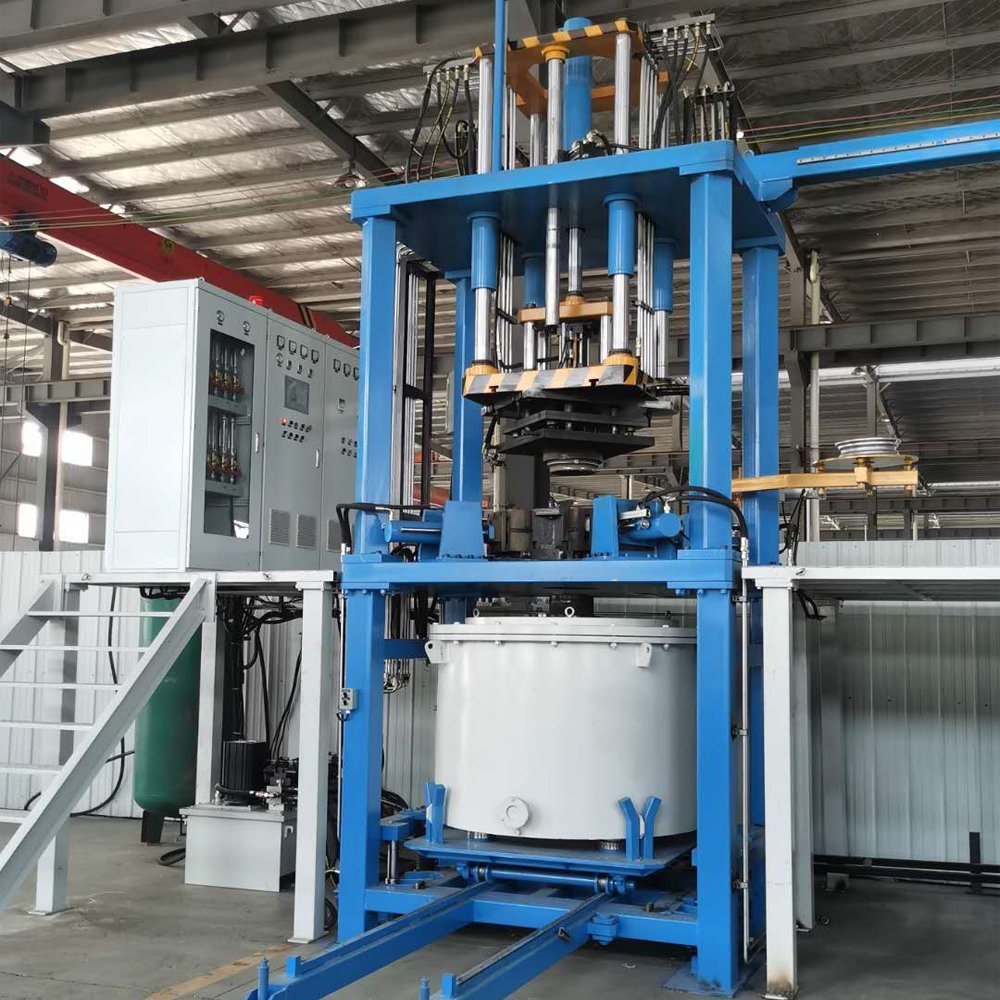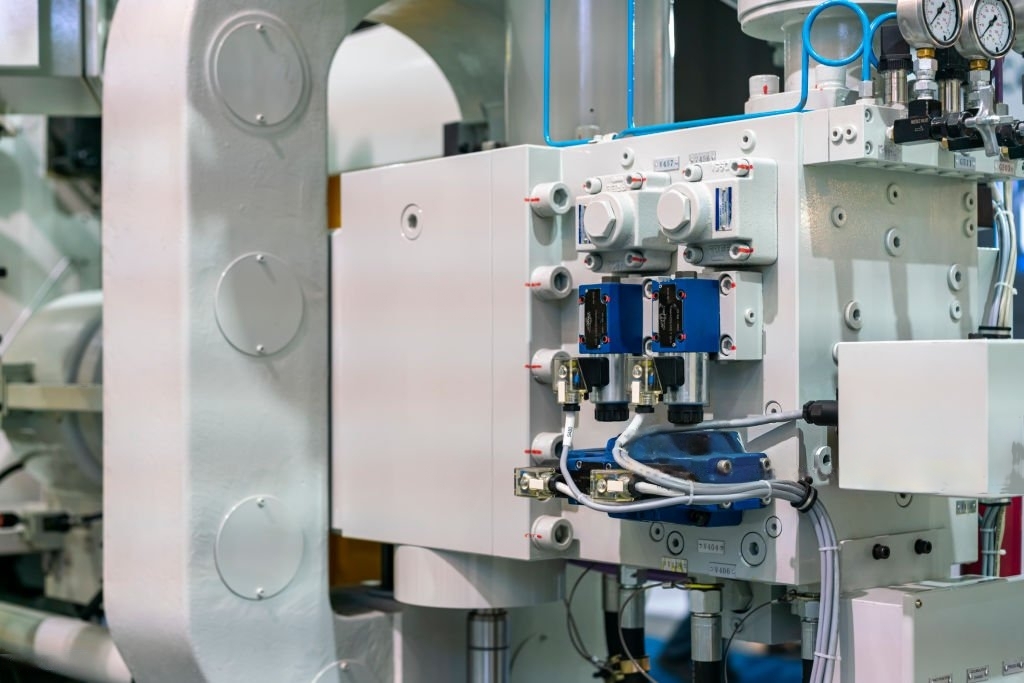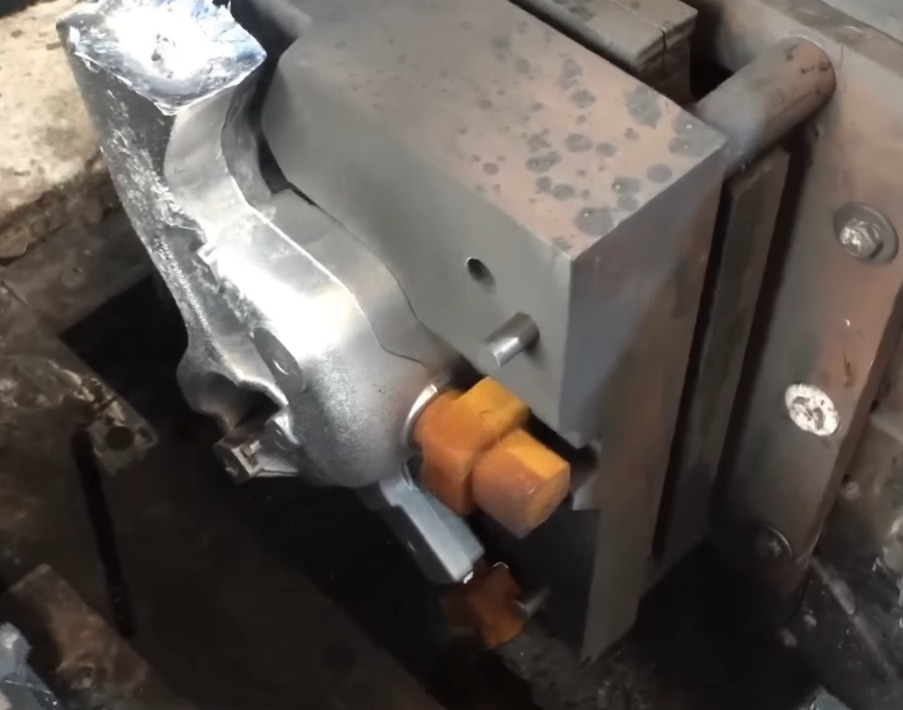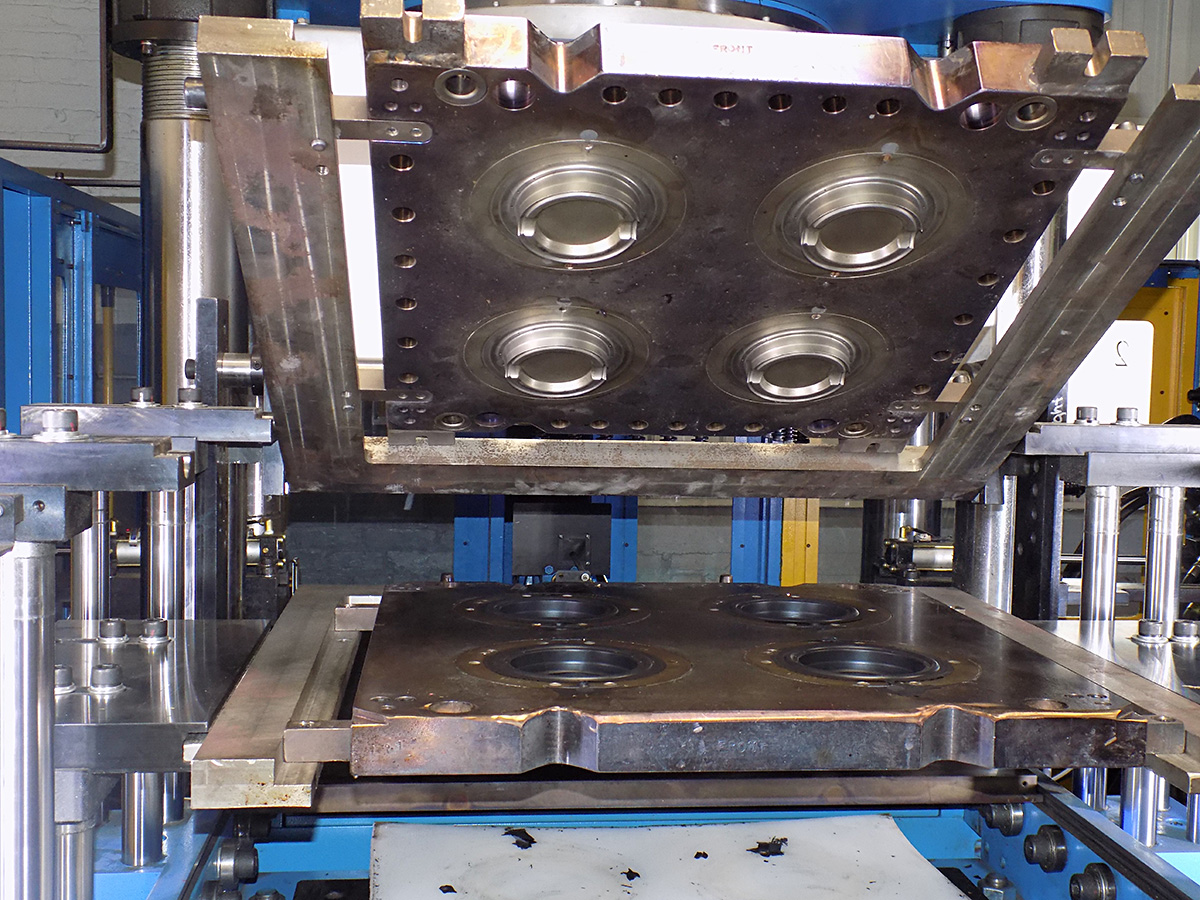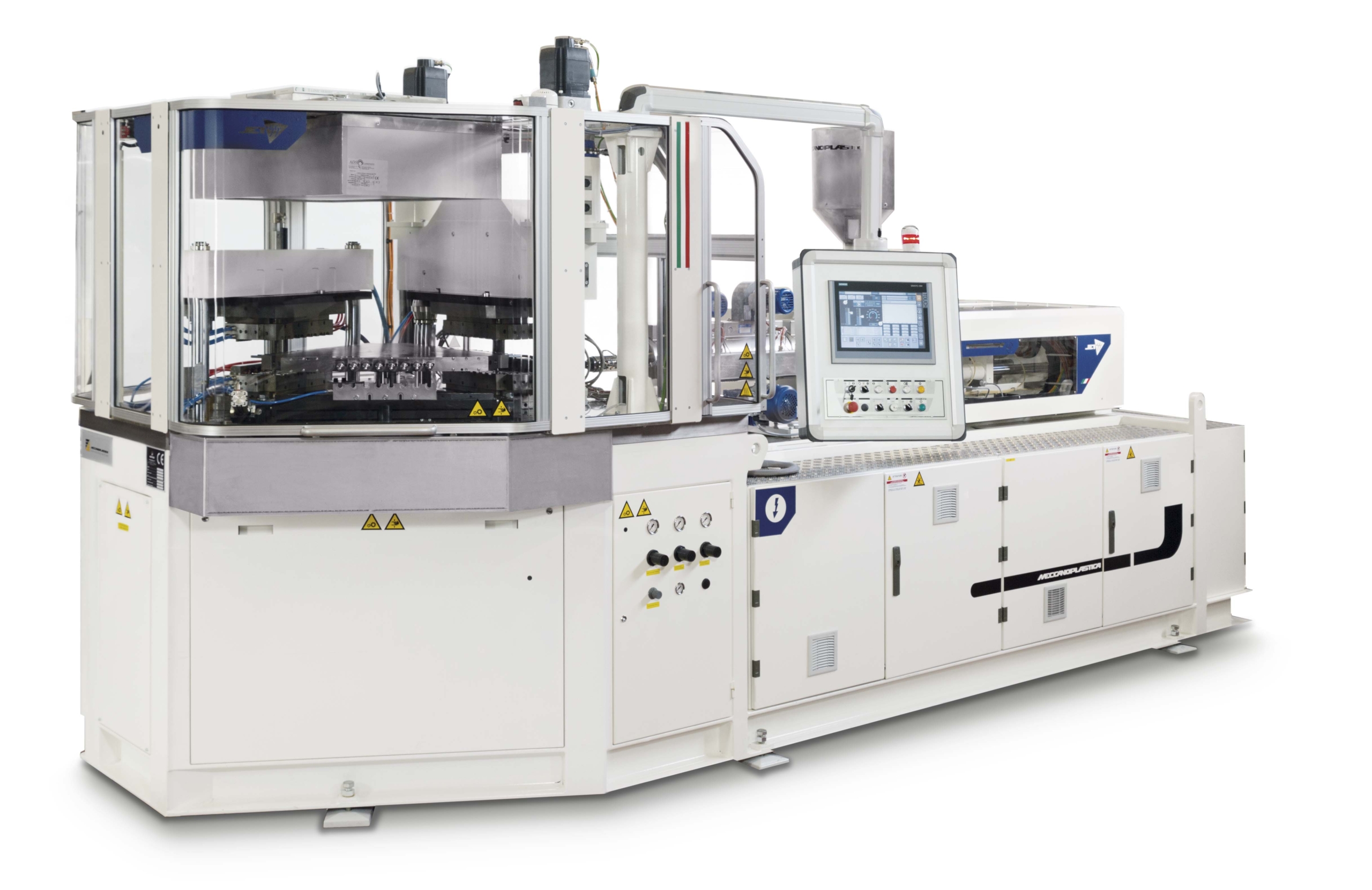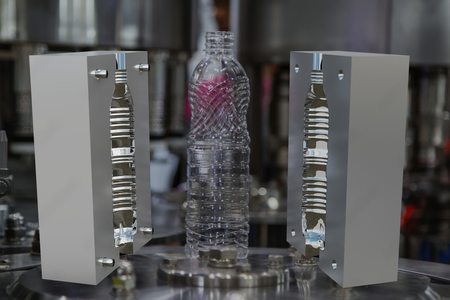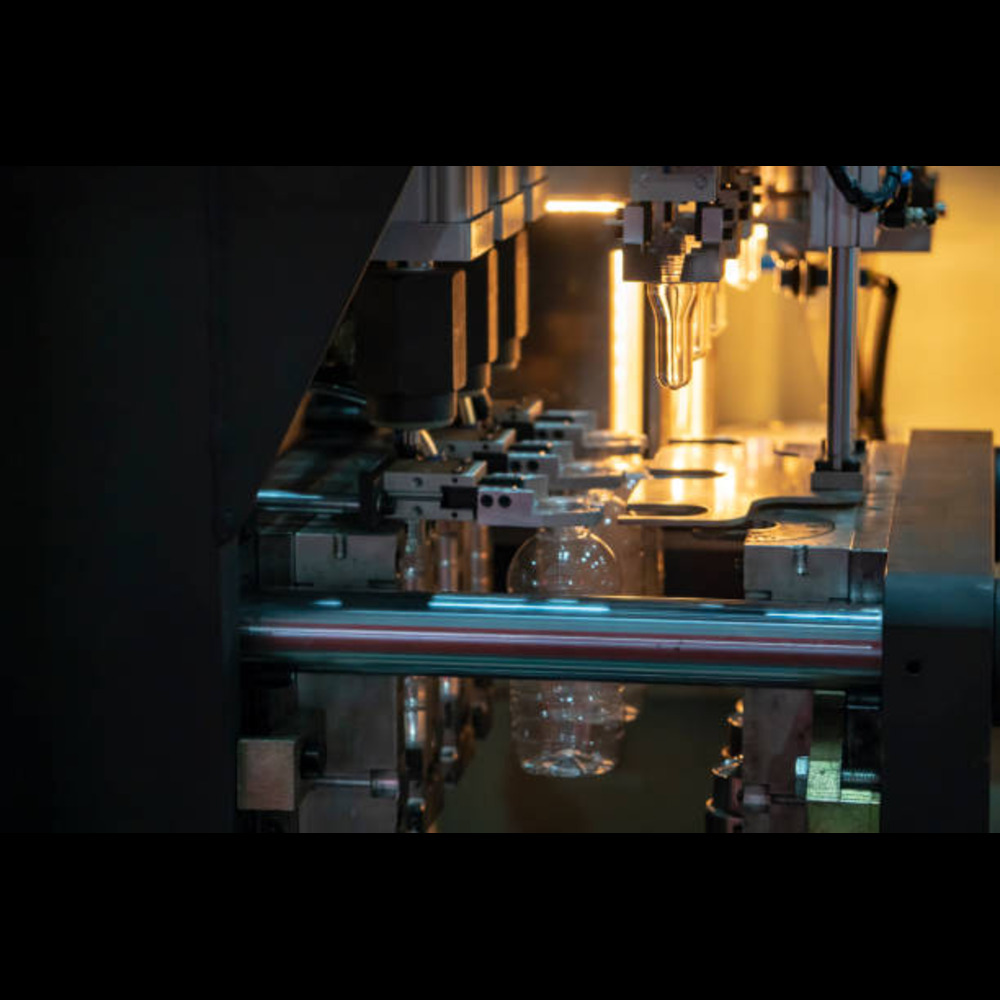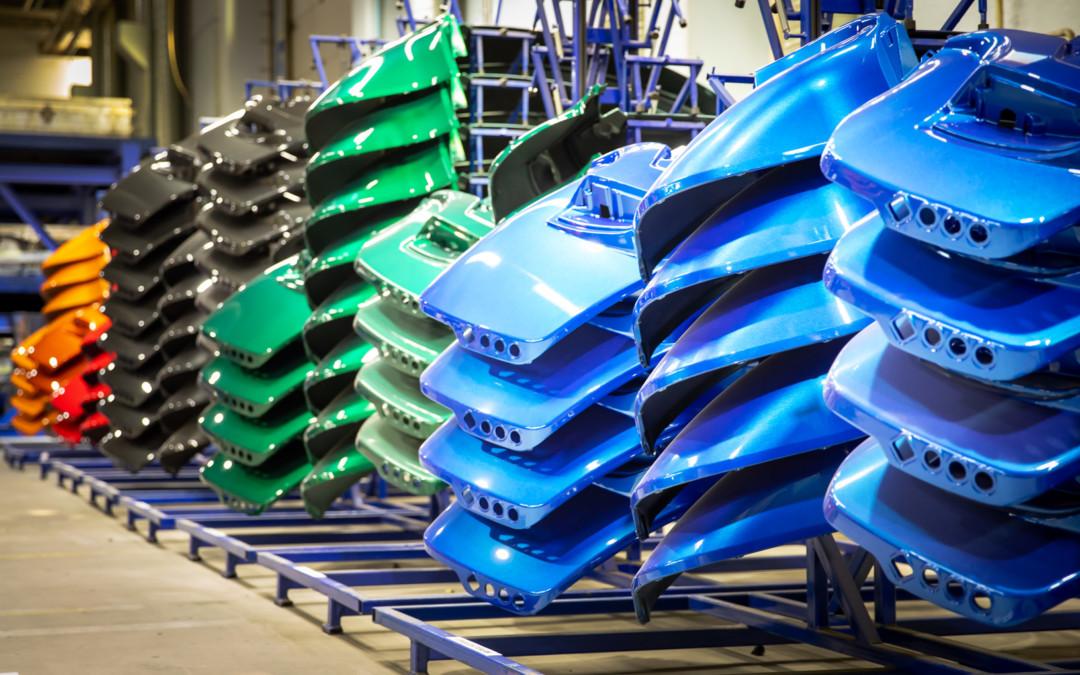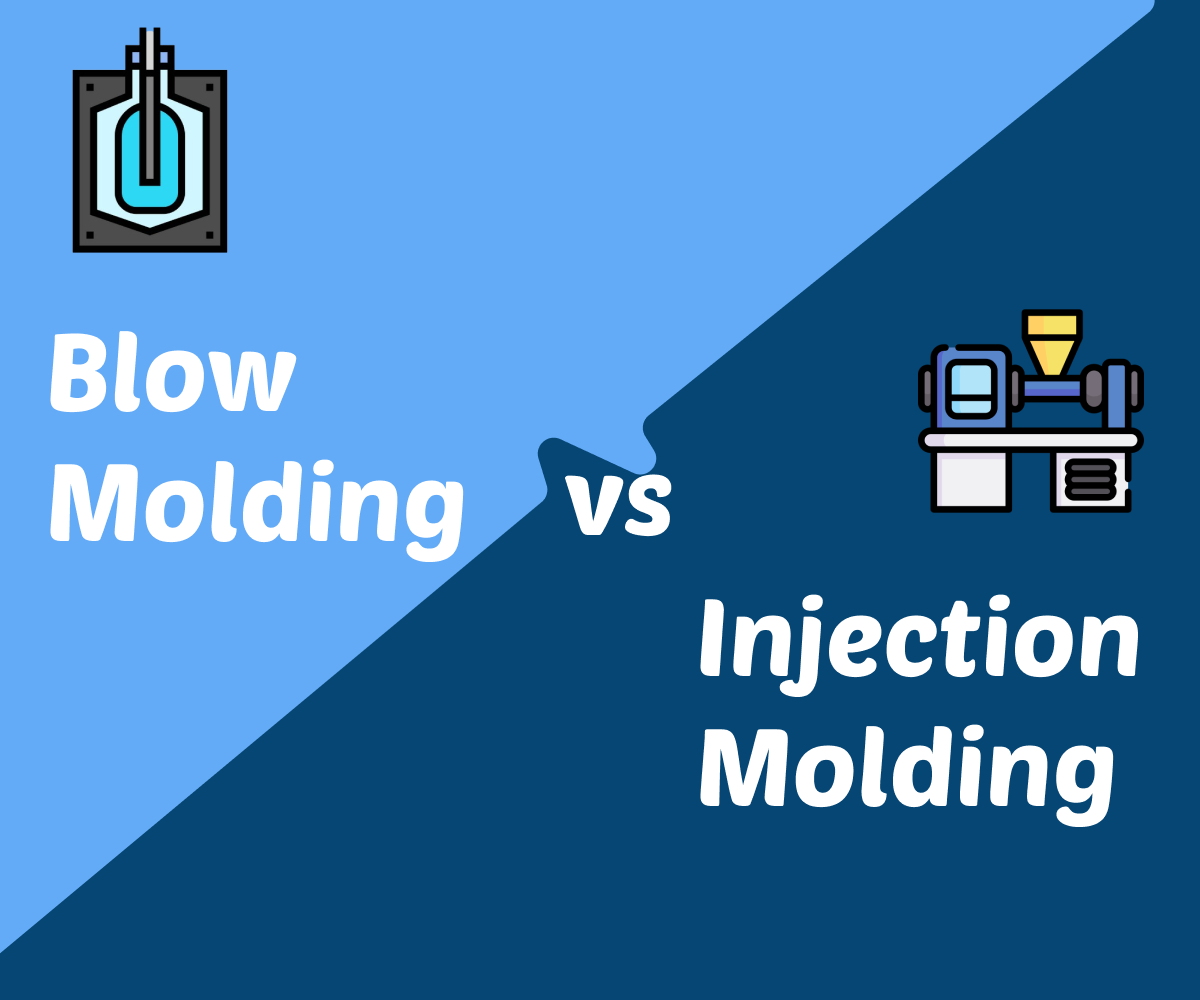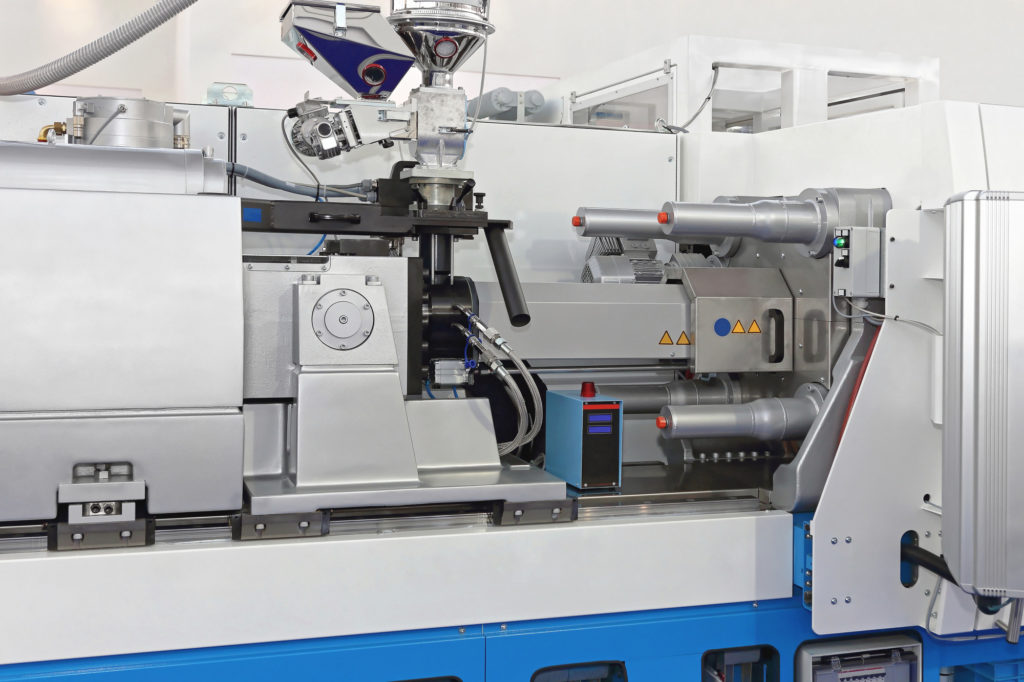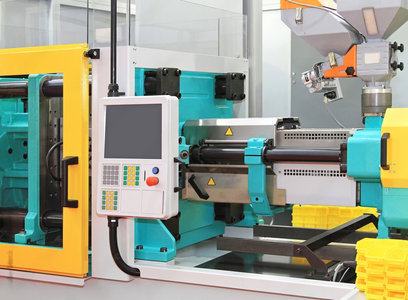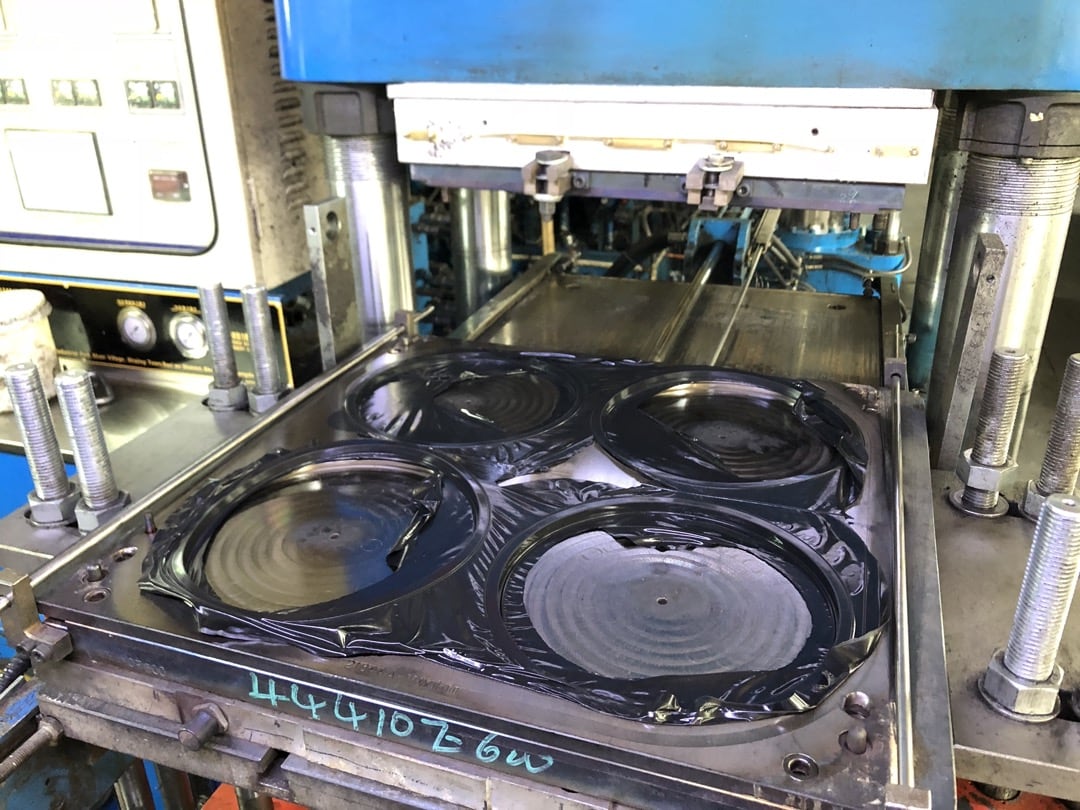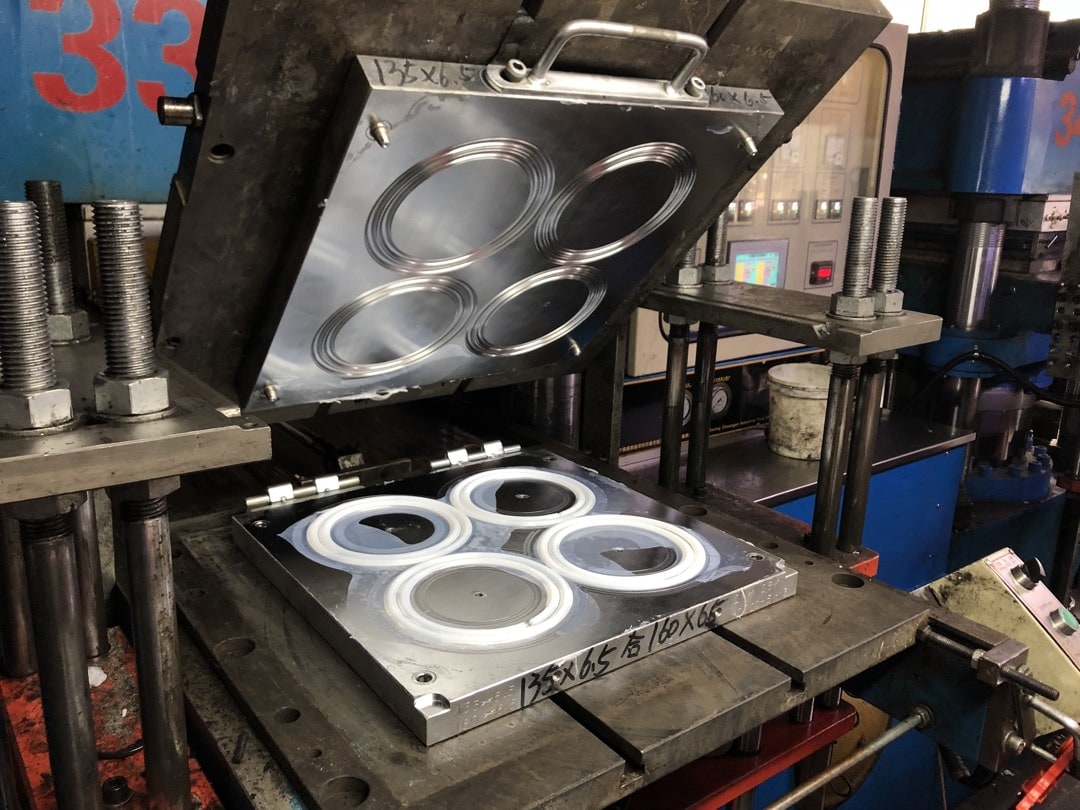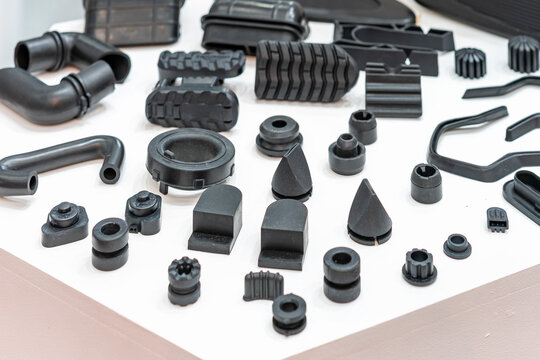Centrifugal Casting – Definition, Process, Types and Applications
Centrifugal casting is a versatile and efficient metal casting process used to create high-quality, thin-walled cylindrical parts. It uses centrifugal force…
Semi Centrifugal Casting – Definition, Process, Advantages and Applications
Semi centrifugal casting is a specialized metal casting process that combines gravity pouring with centrifugal force to produce high-quality castings. …
Low Pressure Die Casting – An Overview
Low pressure die casting (LPDC) is one of the metal casting processes. It uses low pressures to force molten metal…
High Pressure Die Casting – Definition, Process, Application, Advantage, etc
High-pressure die casting (HPDC) is a manufacturing process that involves injecting molten metal into a steel mold die under high…
Gravity Die Casting – Definition, Gravity Die Casting Process, Application, etc.
Gravity die casting plays a vital role in various industries, shaping the world around us. From the cars we drive…
Transfer Molding – Definition, Process, Advantages, and Applications
Transfer molding is a manufacturing process used to produce molded rubber or plastic parts. Transfer molding process involves transferring a measured…
Injection Blow Molding – Definition, Process, Machine, Applications, Advantages and Disadvantages
Injection blow molding is a specific type of blow molding process. It is a two-stage process that combines the principles…
Extrusion Blow Molding (EBM) – Definition, Process, Types, Machines, Advantages and Disadvantages
Extrusion Blow Molding (EBM) is a specific type of blow molding. It is the most commonly employed blow molding process. The…
Blow Molding: Definition, Process, Advantages and Applications
Manufacturing processes transform raw materials into finished products. One such process is Blow Molding. Generally, the blow molding process is…
Reaction Injection Molding (RIM): Definition, Process, Advantages and Applications
Reaction Injection Molding (RIM) is a manufacturing process used to produce plastic parts. The reaction injection molding process involves mixing…
Difference between Injection Molding and Blow Molding – Definition and Comparison Table
Injection molding and Blow molding are the two most common and effective methods for manufacturing plastic products. Injection molding is…
What is Overmolding? Definition, Process, Advantages and Disadvantages
Overmolding is a powerful and versatile manufacturing process that combines two or more different materials into a single part. Overmolding…
3 Commonly Used Plastic Injection Molding Machines
Plastic Injection Molding Machines are widely used for mass production of plastic components. A plastic injection molding machine is used…
Difference between Compression Molding and Injection Molding
Injection molding and compression molding are both plastic manufacturing processes. They differ in several key aspects. They are as follows. Definition…
5 Common Problems in Compression Molding Process
Here are the common problems or defects that can occur during compression molding processes. Let’s see the underlying causes and…
What is Compression Molding? Definition, Process, Types.
Introduction Compression molding plays a vital role in manufacturing processes. Compression molding is a manufacturing process in which material is…
Centrifugal Casting – Definition, Process, Types and Applications
Centrifugal casting is a versatile and efficient metal casting process used to create high-quality, thin-walled cylindrical parts. It uses centrifugal force…
Semi Centrifugal Casting – Definition, Process, Advantages and Applications
Semi centrifugal casting is a specialized metal casting process that combines gravity pouring with centrifugal force to produce high-quality castings. …
Low Pressure Die Casting – An Overview
Low pressure die casting (LPDC) is one of the metal casting processes. It uses low pressures to force molten metal…
